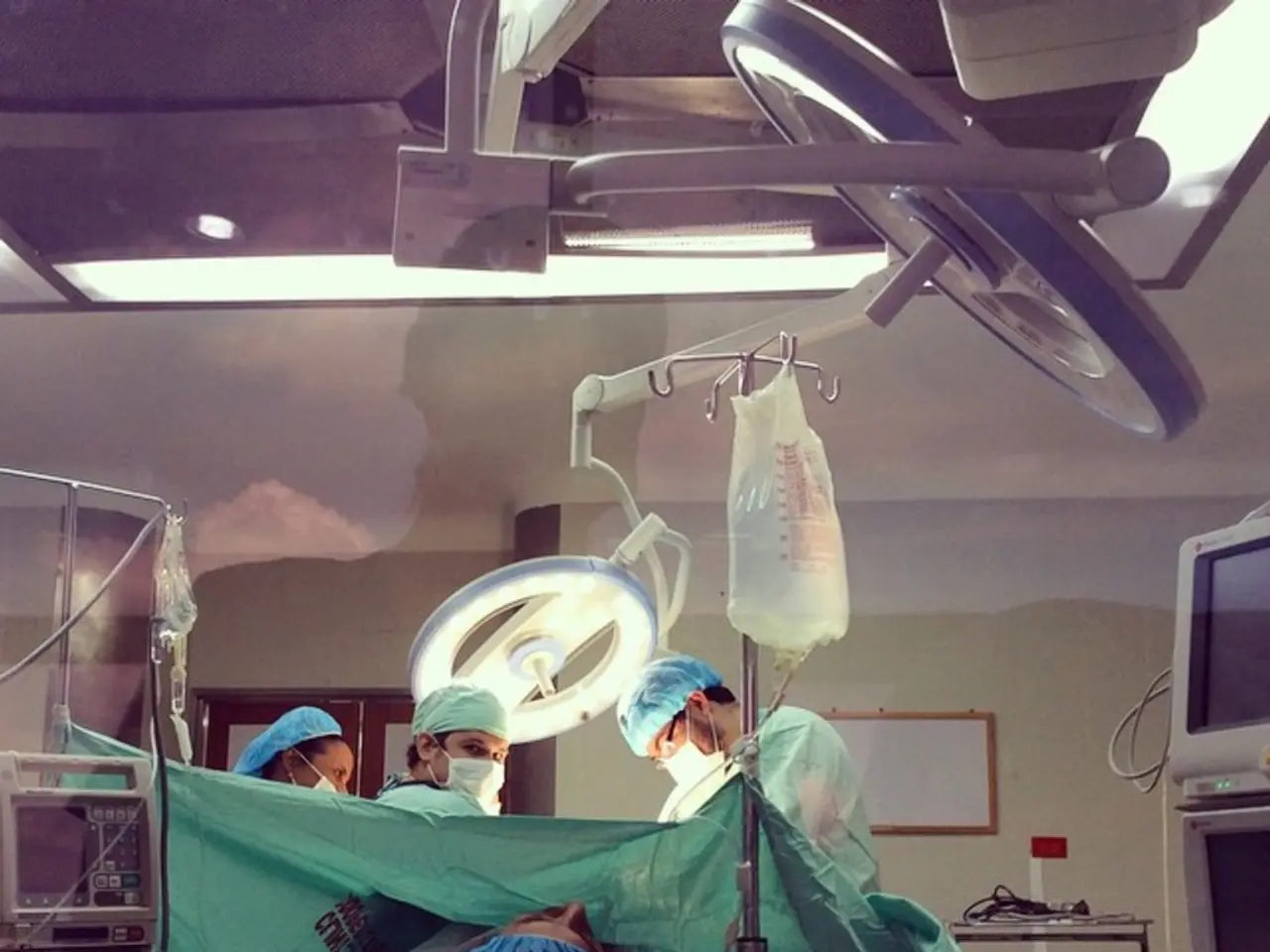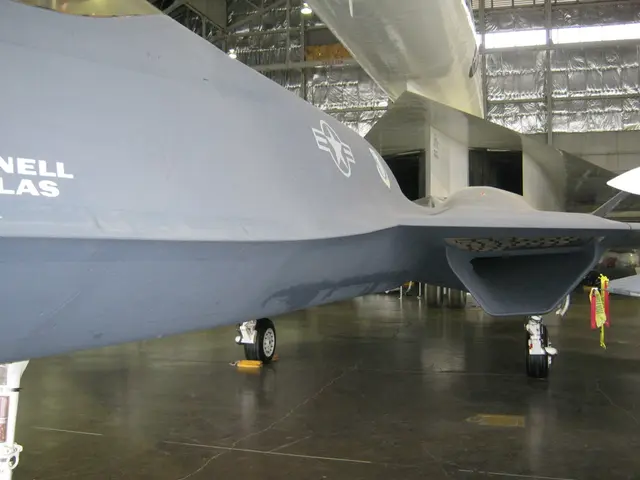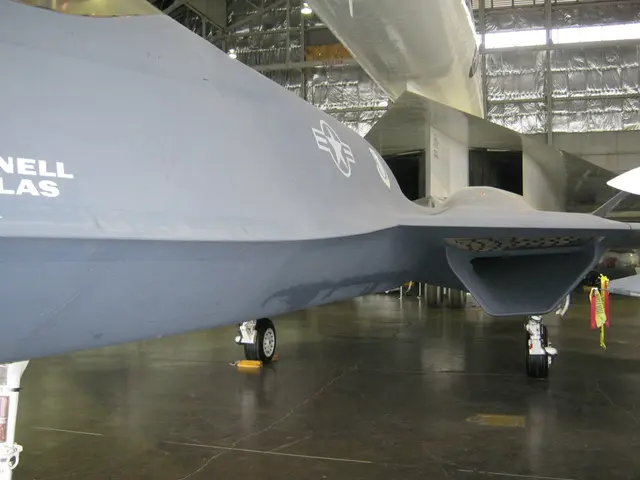Interview with Dr. Vikas Karade, CEO of AlgoSurg
AlgoSurg Revolutionizes Surgical Planning with AI-Driven Tools
AlgoSurg, a cutting-edge company, is making waves in the medical field by developing AI-powered solutions for surgical planning. The platform, designed to guide surgeons directly during operations, is not static but evolves based on surgeon feedback.
One of AlgoSurg's key offerings is the creation of automatic patient-specific instruments, a feature that sets it apart in next-generation surgical contexts such as knee replacement and cancer surgeries. By optimizing preoperative planning and customizing instruments to individual patient anatomies, AlgoSurg aims to improve surgical precision and outcomes.
The platform's AI-powered medical image segmentation converts 2D images into high-precision 3D anatomical models, reducing manual effort and time significantly. This innovation has resulted in impressive real-world examples, such as reducing planning time for knee replacement surgeries from hours to minutes and enabling surgeons to design custom guides for cancer surgeries that help remove tumors more precisely while preserving healthy bone, thereby improving patient recovery.
AlgoSurg's end-to-end automation, from initial scan processing to the design of surgical tools, is another aspect that differentiates it. This automation allows for planning that is dramatically faster, more accurate, and consistently precise.
The tools provided by AlgoSurg can be integrated into existing hospital workflows as a secure, cloud-based system. For larger organizations, the software can connect directly to their planning tools or robotics platforms via APIs.
AlgoSurg's algorithms precisely pinpoint key anatomical features in the generated 3D models, ensuring consistent and accurate reference points for surgical planning. The company uses convolutional neural networks and deep learning models for automatic conversion of 2D images into 3D bone models.
Detection algorithms are applied to pinpoint key bone features in the generated 3D models. Shape-constrained statistical models are used to customize the anatomy to each patient, making the tools patient-specific and tailored to their unique needs.
AlgoSurg also provides AI-assisted design capabilities for custom surgical tools, helping surgeons design patient-specific surgical guides and implants. The platform is optimized for robotic surgery and 3D printing, addressing major challenges in surgical planning, including delays, inefficiencies, and the variability of manual processes.
In a nutshell, AlgoSurg is a company that uses AI-driven tools to streamline surgical planning across various procedures and surgeries, making it an invaluable asset in the medical field. However, as with any new technology, more precise examples or documented applications can be found through additional sources beyond the current search results.
- AlgoSurg's automation in creating patient-specific instruments, aided by AI algorithms, sets it apart in the realm of next-generation surgeries like knee replacement and cancer procedures, aiming to enhance surgical precision and outcomes.
- The company's AI-powered medical image segmentation technology reduces manual effort and time significantly, creating high-precision 3D anatomical models; for instance, it has reduced planning time for knee replacement surgeries from hours to minutes.
- AlgoSurg's AI-assisted design capabilities for custom surgical tools, compatible with robotic surgery and 3D printing, contribute to addressing challenges in surgical planning such as delays, inefficiencies, and the variability of manual processes.




